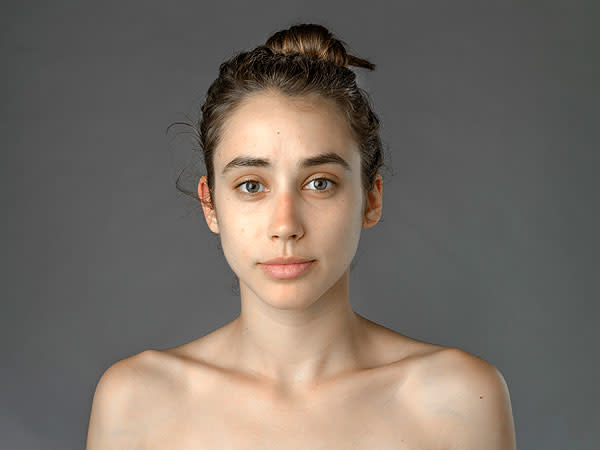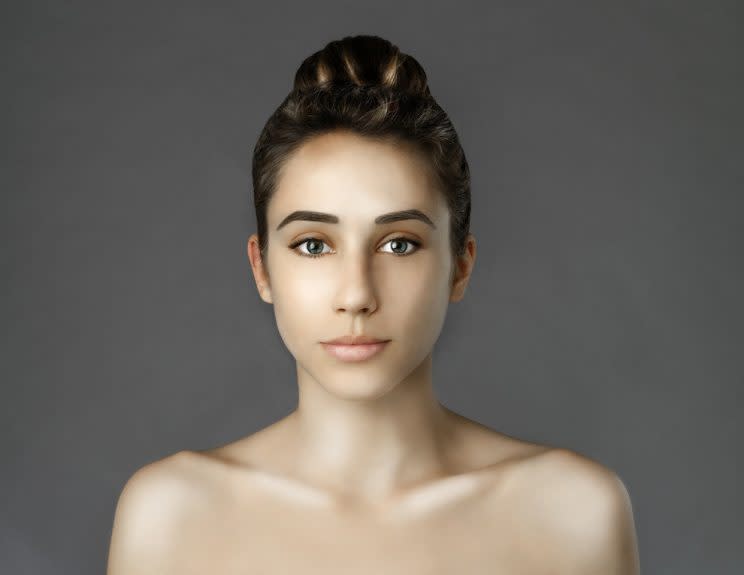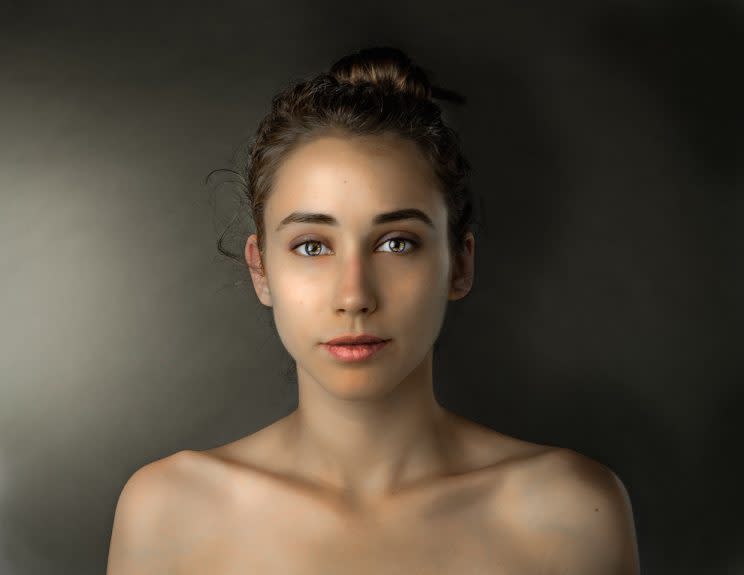One Woman’s Beauty Experiment Taught Her a Powerful Lesson in Receiving Criticism

In 2014, a young woman’s experiment prompted an important discussion on how beauty is defined around the globe and taught her the price that comes with being thrust into the spotlight.
Esther Honig, an Ohio-based reporter, had just graduated from college when she came up with the idea to send an unretouched image of herself to Photoshop artists around the world. “Make me beautiful,” she instructed the participants, giving them complete creative control of the task.
“Opening each email from a photo editor was this big reveal,” Honig recently shared with the Independent. “It felt like I was peering into the minds of these strangers halfway across the world to see how they’d reimagined me. My project was taking shape, and that was incredibly gratifying.”
The results of her project, “Before & After,” were then compiled into a BuzzFeed post, which would later go viral and become a media sensation.
Initially, Honig was enthusiastic about her idea. However, she soon learned that her original belief — that the photos would reflect societal beauty standards by geographic regions — was not entirely accurate. Perhaps what she found more shocking was the reception of her effort by the masses.


Honig wasn’t prepared for the influx of media requests that came her way and felt that some outlets unfairly took advantage of her work. Along with harsh criticism from academics who dismissed her project given the lack of a control, unsolicited comments from the public on her own beauty, and invasive media plugs and features, Honig felt that she lost control over her endeavor.
“At one point I received so many thousands of media requests that every stream in my digital web is clogged: Twitter, Facebook, email, even Instagram,” Honig wrote in an essay detailing her experience for Pelican Bomb magazine. “By the time I respond to a publication, either granting or denying them permission, I find my project is already live on their site. The abuse of usage rights is infuriating, but without an agent or a lawyer, I’m outnumbered. In the eyes of the Internet, my work (and my face) is now under public domain.”
Through the experience, Honig saw the dark side that comes with Internet fame, but fortunately managed to learn from it. She even developed a strategy that we could all use to deal with Internet trolls.
“When there are thousands of people making critical comments about your work, the knee-jerk reaction might be a sharp tweet saying how you’ve been completely misinterpreted,” she wrote. “In the world of social media, that sort of defensive response is futile; it only feeds the trolls. Instead, I learned to listen to what’s being said, evaluate whether I found it relevant, and continue on with my work. In the end, it made me a better professional.”
Let’s keep in touch! Follow Yahoo Beauty on Facebook, Twitter, Instagram, and Pinterest.

